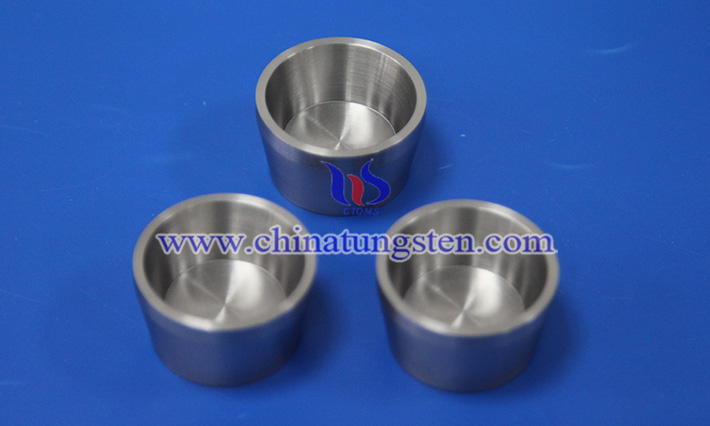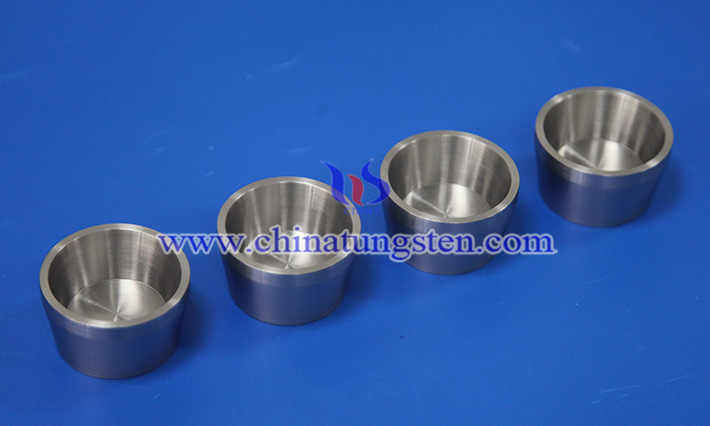Testing and Analysis of Mechanical Properties of Tungsten Crucible
- Details
- Category: Tungsten Information
- Published on Monday, 09 June 2025 15:29
- Written by Shuxia
- Hits: 5
As an important refractory metal product in the field of high temperature, tungsten crucible plays a key role in the fields of metallurgy, semiconductor, aerospace and nuclear energy. In order to ensure its reliability and safety in extreme environments, it is particularly important to test and analyze the mechanical properties of the system.
The mechanical properties of W crucible not only determine its structural stability during use, but also directly affect its thermal shock resistance, crack propagation resistance and long-term service life.

Tungsten material has typical high melting point and high strength characteristics, but its plasticity is poor, especially at room temperature, which shows brittle fracture. Therefore, in the evaluation of mechanical properties, it is necessary to pay attention to its tensile strength, yield strength, fracture toughness, hardness and creep properties. Since crucibles are mostly manufactured by powder metallurgy process, their microstructural characteristics (such as porosity, grain size, and impurity distribution) have a particularly significant impact on the mechanical properties.
In tensile testing, the crucible material can only show a certain plasticity at high temperatures (generally above 1000°C). Tensile tests at room temperature tend to cause brittle fracture, which is one of the reasons why tungsten materials are limited in their application at room temperature. The high-temperature tensile test shows that tungsten has a certain ductility above 1200°C, and its yield strength and tensile strength decrease with the increase of temperature, but the plasticity increases. This property makes it more suitable for use under mechanical loads at high temperatures.
In terms of hardness testing, tungsten materials usually exhibit a high Vickers hardness (between 300~500 HV), but the hardness value will vary depending on the sintering density, impurity content and recrystallization state. After high-temperature heat treatment, the hardness of tungsten crucibles is usually reduced, but the overall structural stability is improved, which helps to extend the service life.

Creep performance is another key indicator that must be evaluated in high-temperature long-term operating environments. Creep tests are usually performed above 1500°C, and the results show that tungsten has good creep resistance at high temperatures, especially in vacuum or inert atmospheres. Creep strength and high-temperature stability can be further improved by alloying (e.g., with the addition of small amounts of rare earth oxides) or microstructure optimization (e.g., grain refinement).
In addition to the basic mechanical property tests, scanning electron microscopy (SEM), X-ray diffraction (XRD) and electron backscatter diffraction (EBSD) can be combined to analyze the fracture morphology, grain boundary orientation and microstructure changes, so as to have a more comprehensive understanding of the mechanical failure mechanism.
- Chinatungsten Online: www.chinatungsten.com
- CTIA GROUP LTD: en.ctia.group
- Tungsten News & Price: www.ctia.com.cn
- Molybdenum News & Price: news.molybdenum.com.cn
- Tel.: 86 592 5129696; Email: sales@chinatungsten.com





 sales@chinatungsten.com
sales@chinatungsten.com